Equipment
Shaft Test: Graphite Design’s new Tour AD-TP versus the famous Tour AD-DI
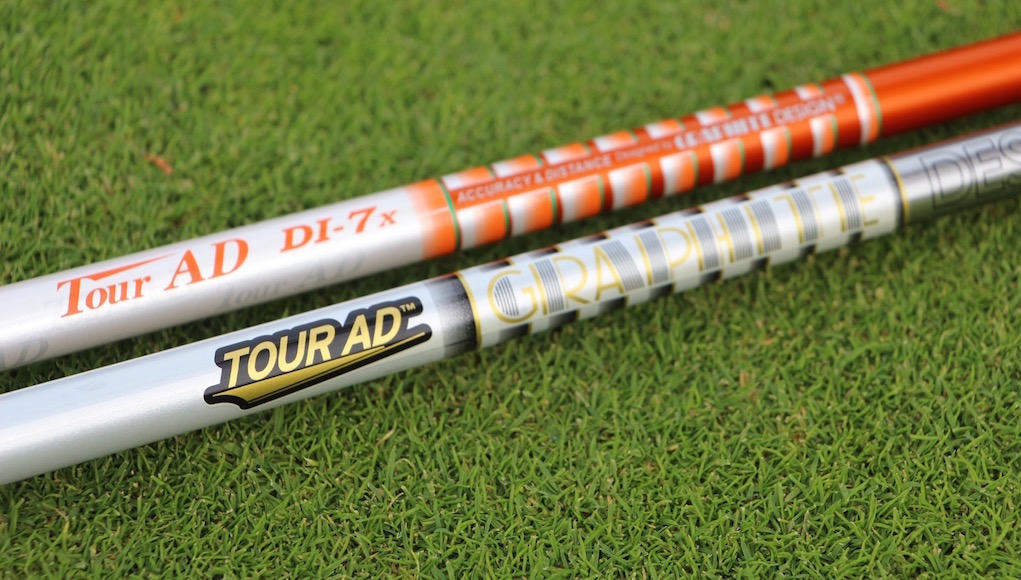
With a similar profile to the company’s famous Tour AD-DI shaft, and a few new technologies for a slightly different ball flight, Graphite Design’s new Tour AD-TP shaft will surely entice a legion of high-spin golfers.
The new shafts are made for a mid launch and low spin rates, according to Graphite Design’s website, while the Tour AD-DI shafts are made for mid/high to high launch angles and low to low/mid spin rates. Certainly, they are in the same wheelhouse, but for anyone looking to create a slightly more penetrating ball flight with lower launch and lower spin, the new shaft could be their winning ticket.
To accomplish its performance, the AD-TP shafts are made with a faster taper rate from the lower-mid section to the tip of the shaft, and use an all-new graphite material from Toray Industries called T1100G carbon fiber pre-preg. They also use Toray’s Nanoalloy technology in the tip section, which was first introduced in Graphite Design’s Tour AD-DI. It help golfers gain more control of the club face by resisting torque. Read more about the Tour AD-TP shaft’s tech here.
Here’s the bend profile of the Tour AD-TP shafts, according to Graphite Design’s website:

And here’s how the Tour AD-TP shafts stack up versus the other Tour AD shafts:
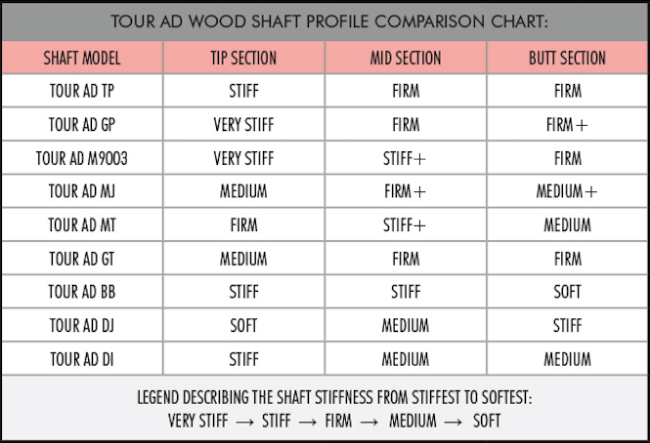
As you can see, the Tour AD-TP (top row) compared to the Tour AD-DI (bottom row) will have a firmer mid and butt section, but will also have the familiar stiff tip section.
Personally, I’ve tested just about every new mainstream driver shaft that’s come out in the past three years, and I just haven’t been able to find something that matches my swing like the Tour AD-DI. As a golfer who fights a nasty hook and too much spin, it’s the stiffness and stability of the tip of the shaft that makes me comfortable enough to “go at it.” I’m also a Mets fan, so I like the orange color.
But for whatever reason, my golfing brain finds other shafts to load and unload way differently, either forcing me to flip or block drives, leading to tragic results. So although I often test the latest and greatest golf shafts for you, the GolfWRX readers, I’ve all but given up on other shafts making it into my gamer driver. Yes, other shafts have given me “more optimal” numbers in a Trackman environment, but there’s nothing optimal about feeling like you’re going to duck hook the ball off the planet with OB stakes left.
When Graphite Design announced a new shaft with a similar profile that’s made to create a slightly more penetrating trajectory, however, I’ll admit I was excited to try it. Let’s see how the numbers played out.
The Numbers
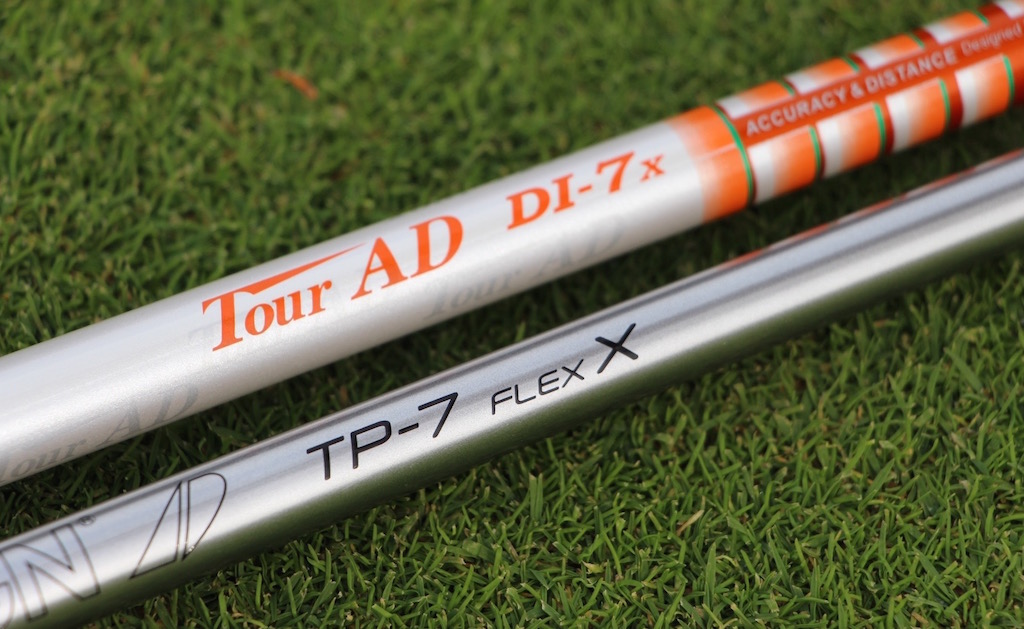
I tested my Tour AD-DI gamer shaft (45.5 inches, tipped 1 inch) against a Tour AD-TP shaft (45.5 inches, untipped) and a Tour AD-TP shaft (45.5 inches, tipped 1 inch) in a TaylorMade M1 460 head (10.5 degrees) set to neutral. Yes, I have a bit more swing speed in the tank than displayed below, but it’s also late October and I don’t want to have a blown out back all winter. I conducted my testing at the Launch Pad at Carl’s Golfland on TrackMan 4 using premium golf balls.
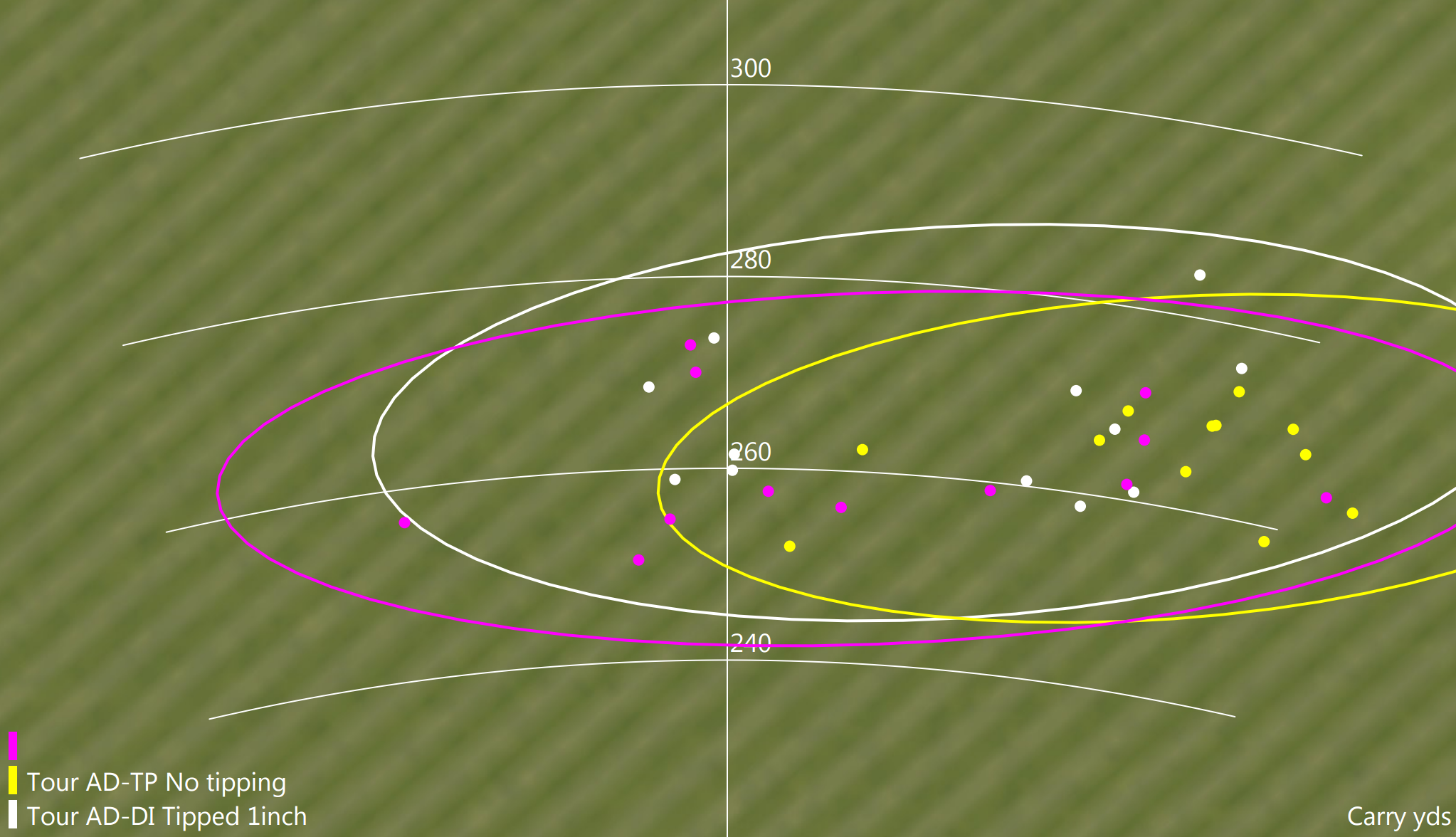
Magenta = Tour AD-TP (tipped 1 inch)
Observations
— Shots with the un-tipped shaft trended to the right. It felt like the face was opening on the downswing and I couldn’t turn my shots over. The data solidifies for me that performance matches my feel, and that I do indeed need a tipped shaft.
— The AD-DI shaft had the highest spin (2953 rpm), highest landing angle, most height (122.1 feet) and launched the highest (13.7 degrees).
— The AD-TP (tipped 1 inch) carried 4.9 yards shorter than the Tour AD-DI, but went 3.7 yards longer in total. This shows how much more penetrating the ball flight with a AD-TP shaft can be.
— Spin rate dropped from 2953 rpm with the Tour AD-DI (tipped 1 inch) to 2460 rpm with the AD-TP (tipped 1 inch).
— With nearly identical clubhead speed, ball speed and smash factors, it’s clear the Tour AD-TP was offering better numbers and tighter dispersion for me.
The Takeaway
The Graphite Design Tour AD-TP shaft is currently selling for $500 at retail. Based on the improvement I saw in my numbers, I would say that the new shaft is worth the value for my swing. The profile and new materials are a match for me in regards to ball flight characteristics and feel. I would describe the feel as “smooth-stiff, with a stable tip.”
Of course, it’s important to undergo a proper fitting, as you saw that the un-tipped version of the Tour AD-GP shaft was giving me fits. But, if you’re like me and struggle with high spin rates and inconsistency, the Tour AD-TP shaft may help you find more accuracy… and a bit more distance, too.
Equipment
BK’s Breakdowns: Cameron Young’s winning WITB, 2025 Wyndham Championship

Cameron Young’s WITB from his win at the 2025 Wyndham Championship. Cameron is a Titleist staff player but his bag is definitely filled with some unique clubs. Here are the clubs he used to secure his first PGA Tour win!
Driver: Titleist GT2 (9 degrees, A1 SureFit setting)
Shaft: Mitsubishi Tensei 1K Pro Orange 70 TX
3-wood: Titleist GT3 (15 degrees)
Shaft: Mitsubishi Tensei 1K White 80 TX
Hybrid: Titleist GT2 (21 degrees)
Shaft: Fujikura Ventus HB Black VeloCore+ 10 X
Irons: Titleist T200 (4), Titleist T100 (5), Titleist 631.CY Prototype (6-9)
Shafts: True Temper Dynamic Gold X7 (4-9)
Wedges: Titleist Vokey Design SM10 (48-10F, 52-12F, 56-14F @57), WedgeWorks (60-K* @62)
Shafts: True Temper Dynamic Gold X7
Putter: Scotty Cameron Phantom 9.5 Tour Prototype
Grips: Golf Pride Tour Velvet Cord
Ball: Titleist Pro V1x Prototype
Whats in the Bag
Peter Malnati WITB 2025 (August)
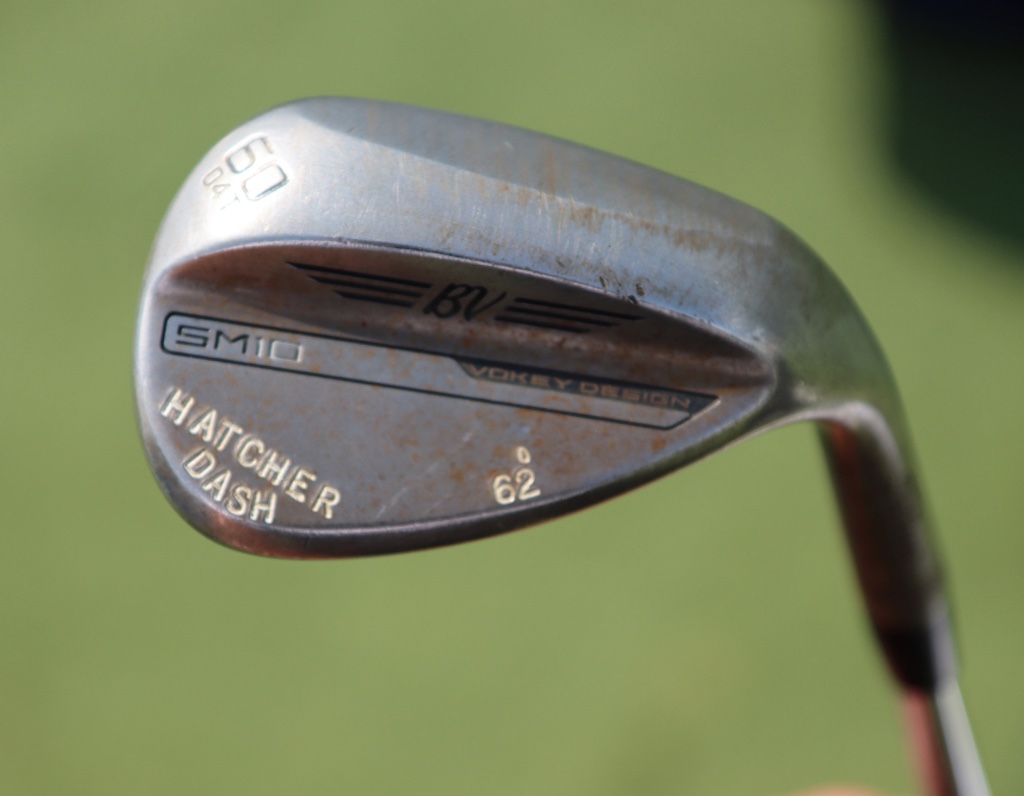
- Peter Malnati what’s in the bag accurate as of the Wyndham Championship. More photos from the event here.
Driver: Titleist GT3 (10 degrees, C2 SureFit setting)
Shaft: Project X Denali Blue 60 TX
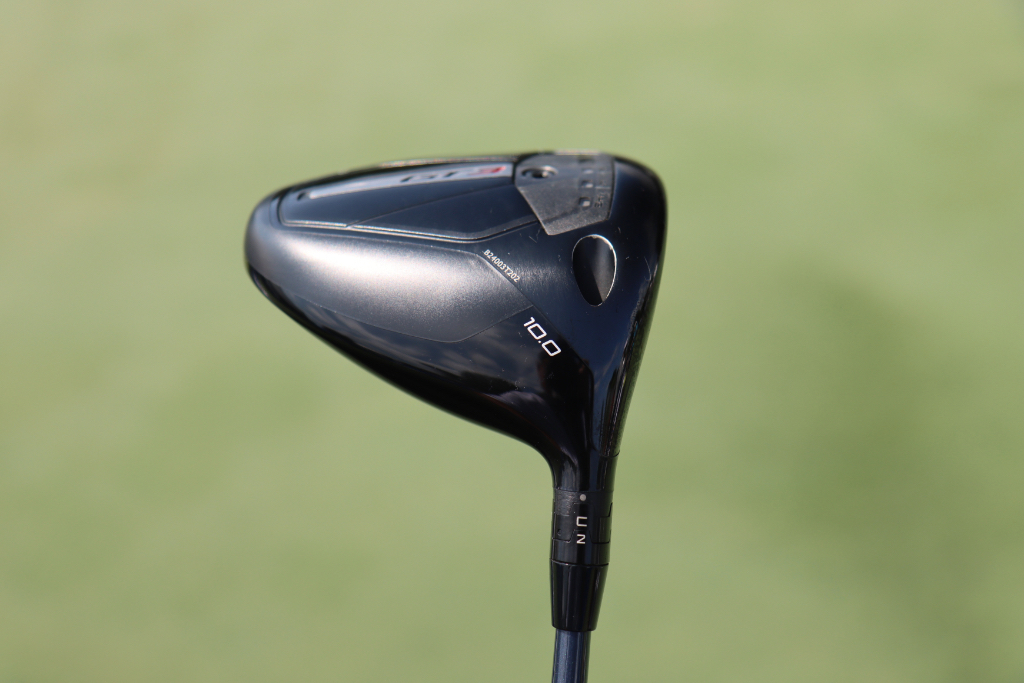

3-wood: Titleist GT3 (15 degrees, A1 SureFit setting)
Shaft: Fujikura Ventus TR Blue 7 X
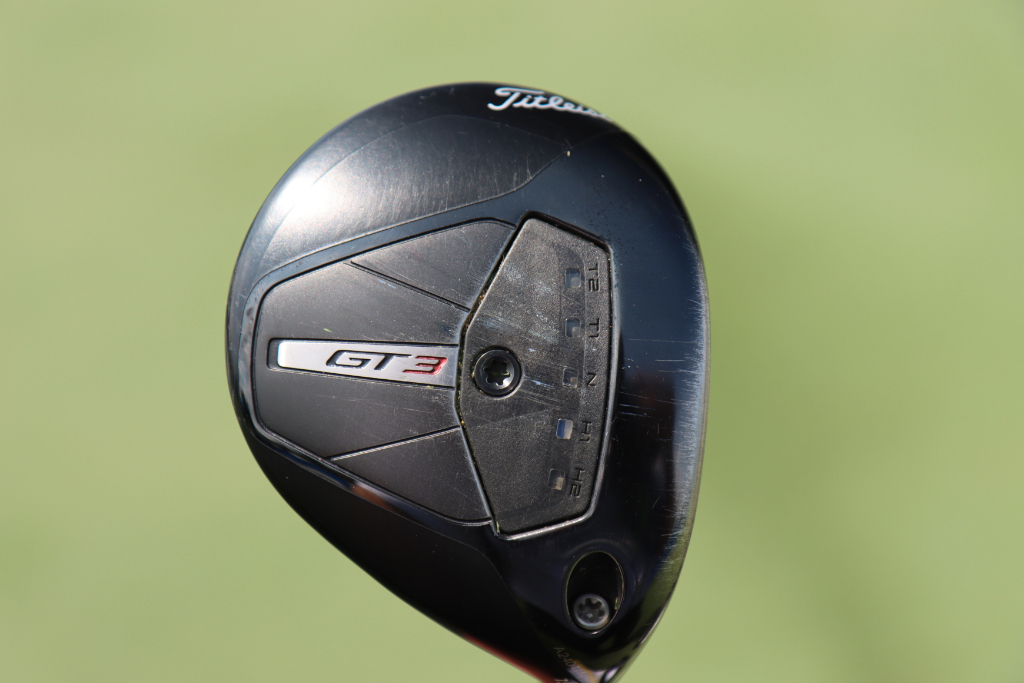
7-wood: Titleist GT2 (21 degrees, D1 SureFit setting)
Shaft: Fujikura Ventus TR Blue 8 X
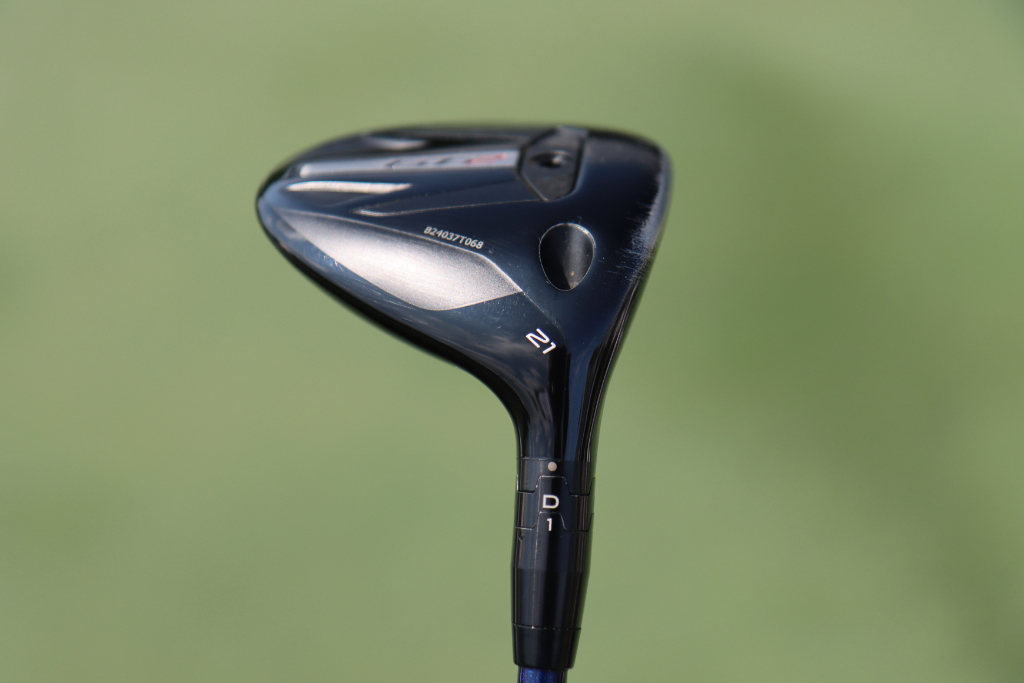
Irons: Titleist T150 (4, 5), Titleist T100 (6-9)
Shafts: True Temper AMT Tour White X100
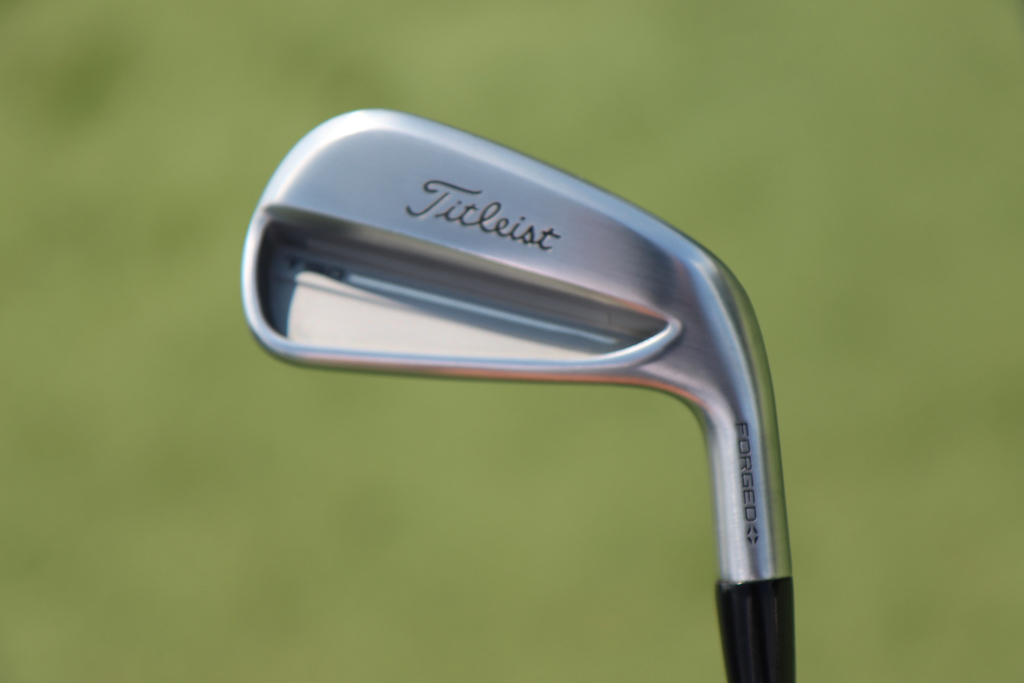
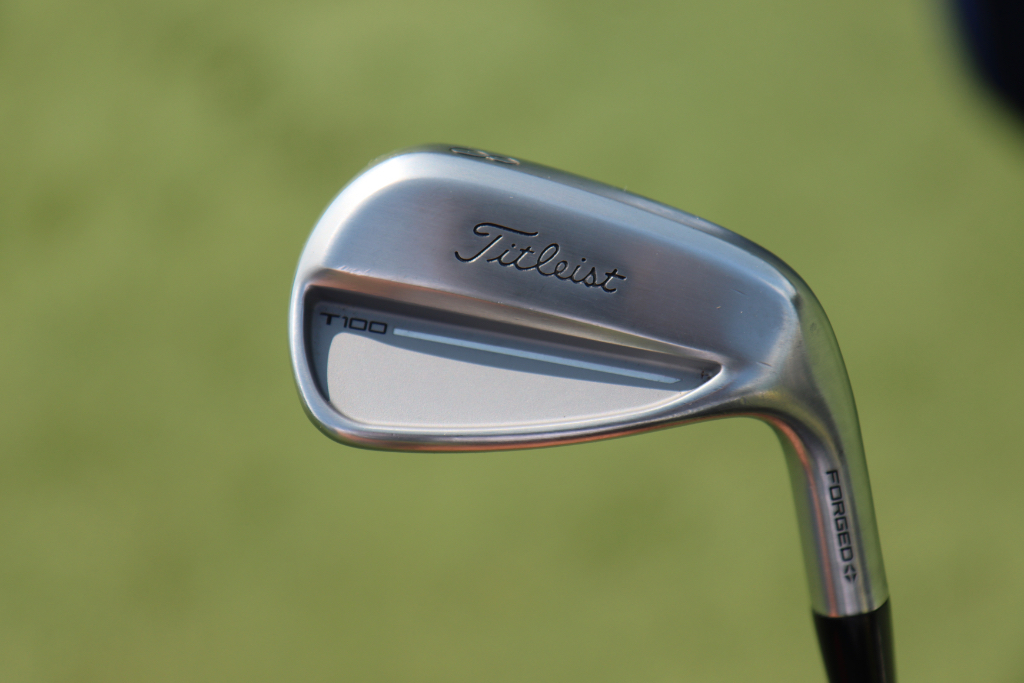
Wedges: Titleist Vokey Design SM10 (48-10F @47, 52-12F, 56-08M @57, 60-04T @62)
Shafts: True Temper Dynamic Gold Tour Issue S400
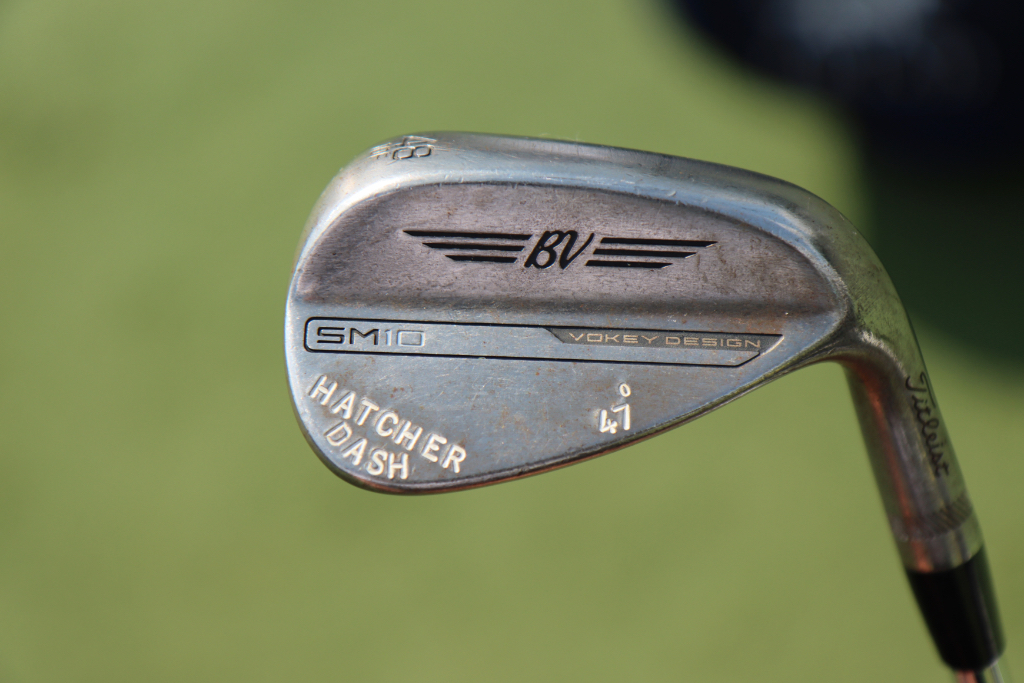
Putter: Scotty Cameron Studio Style Fastback 1.5 Tour Prototype
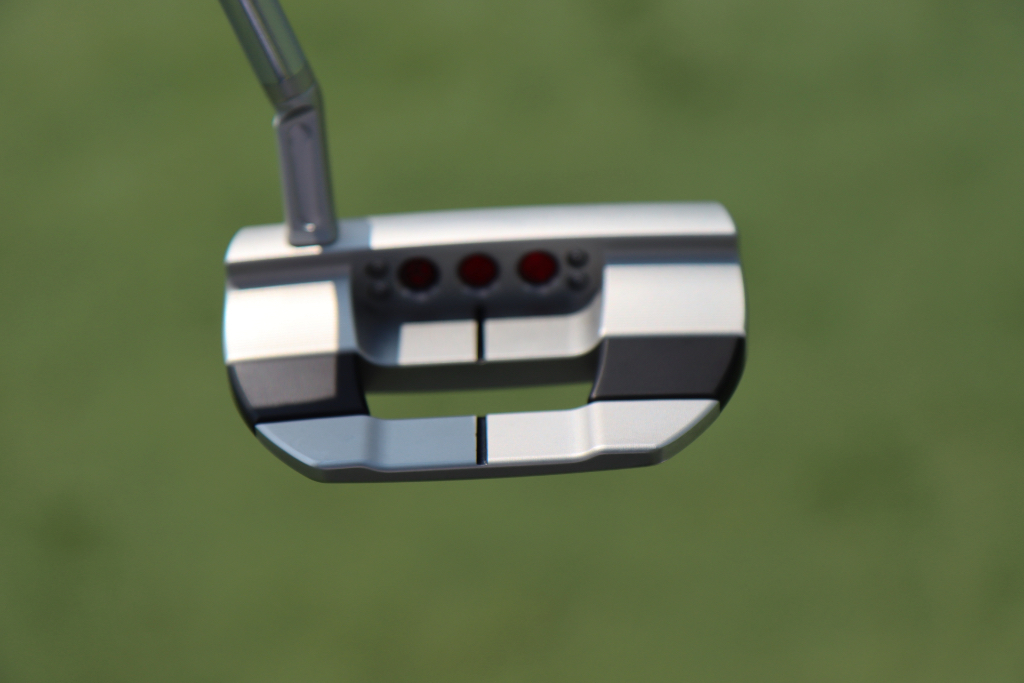
Grips: Golf Pride Tour Velvet
Ball: Titleist Pro V1x Yellow
Equipment
GolfWRX Members Choice presented by 2nd Swing: Best driver of 2025
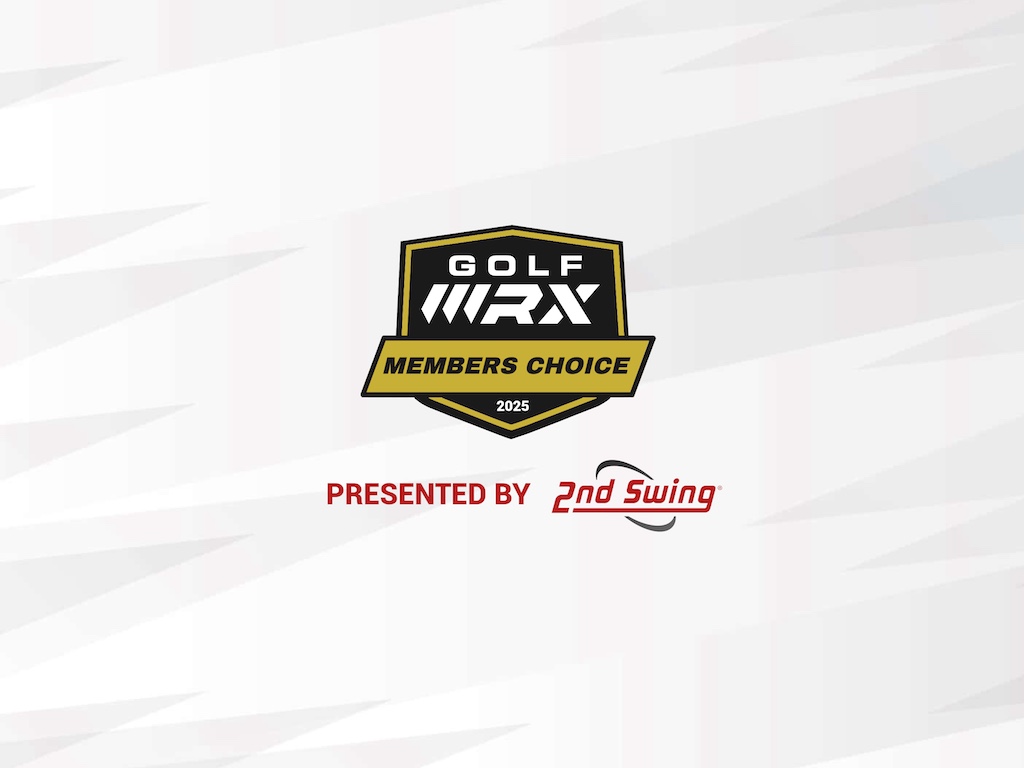
We’re proud to once again partner with 2nd Swing Golf to bring you GolfWRX Members Choice 2025! 2nd Swing has more than 150,000 new and pre-swung golf clubs available in six store locations and online. Check them out here.

What is the best driver in 2025? At GolfWRX, we take great pride in our online community and the cumulative knowledge and experience of our members. When it comes to the best driver of 2025, we want to know what our forum faithful think.
Since our founding in 2005, the bedrock of GolfWRX.com has been the community of passionate and knowledgeable golfers in our forums, and we put endless trust in the opinions of our GolfWRX members — the most knowledgeable community of golfers on the internet. No other group of golfers in the world tests golf clubs as frequently or as extensively, nor is armed with such in-depth information about the latest technology.
Below are the results of GolfWRX member voting for the 2025 best driver, along with the vote percentage for each club.
Best driver of 2025: The top 5
5. Callaway Elyte Triple Diamond: 6.02%
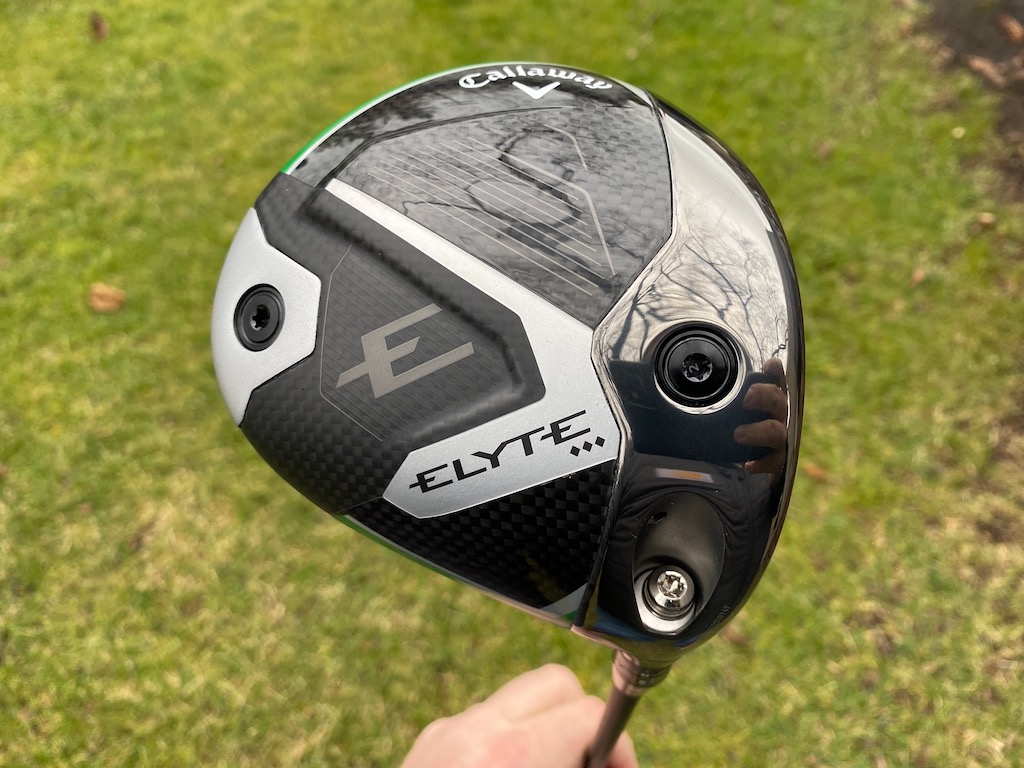
Callaway’s pitch: “For golfers looking for a fast, forgiving, yet workable driver, the Elyte Triple Diamond features a tour-inspired shape and is the preferred model by most Callaway tour players.”
You can read what other golfers are saying about the driver in the GolfWRX forums, and see our launch piece here. Shop the Callaway Elyte Triple Diamond here.
4. Ping G440 Max: 6.86%
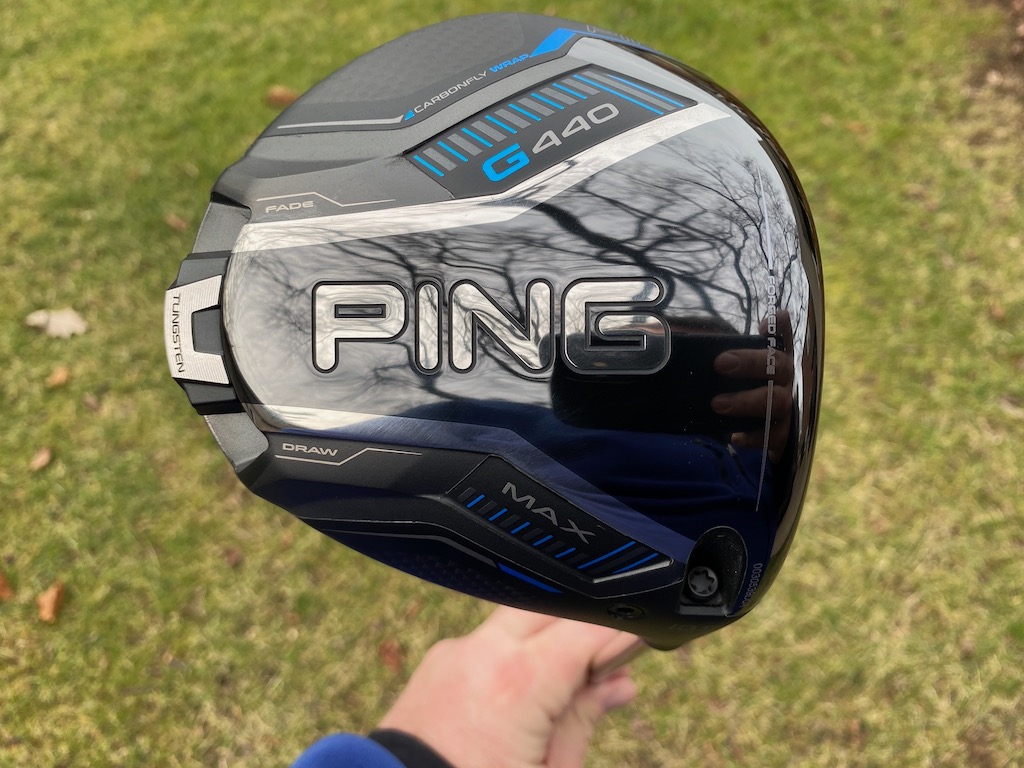
Ping’s pitch: “The most forgiving G440 model, MAX has a hotter face to generate speed and distance, and a lighter overall system weight with a longer shaft (46″) for faster clubhead speed, higher launch and longer carries. The Free Hosel and Carbonfly Wrap crown save weight to create our lowest CG ever and increase forgiveness while contributing to a more muted, pleasing sound.”
You can read what other golfers are saying about the driver in the GolfWRX forums, and see our launch piece here. Shop the Ping G440 Max here.
3. Ping G440 LST: 9.53%
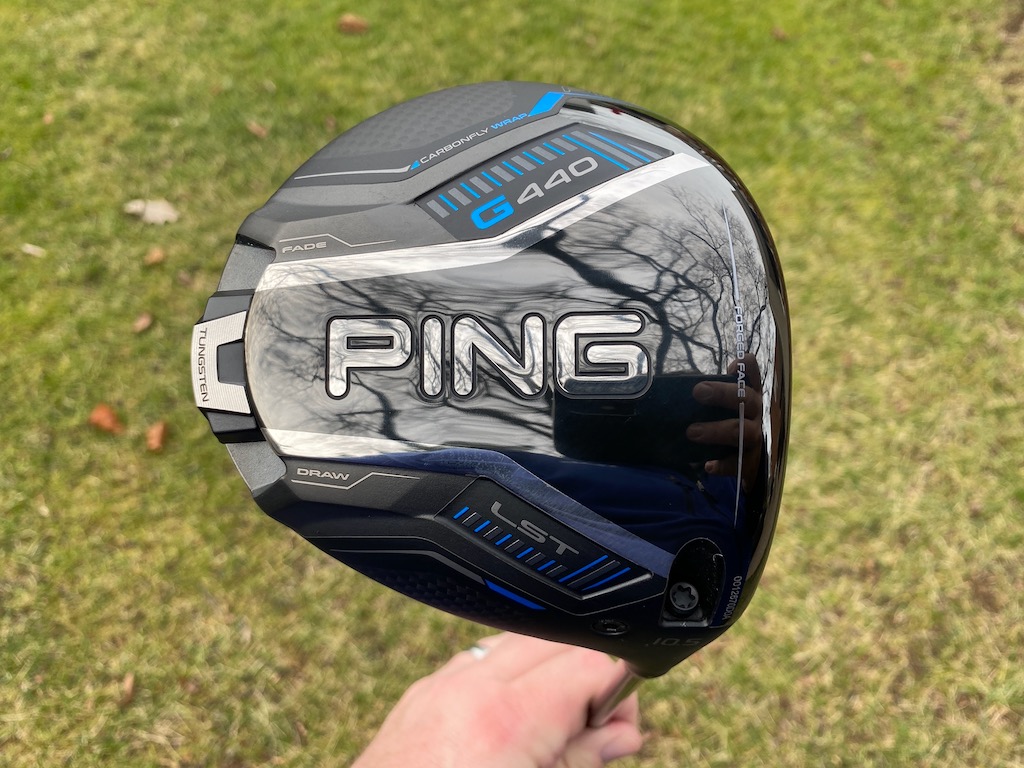
Ping’s pitch: “LST is an especially good fit for faster swings, offering less spin and more control with a penetrating trajectory. A hotter face, lighter overall system weight and longer shaft (46″) deliver more speed and distance while maintaining tight dispersion.”
@phizzy30: “Not a fan of Ping drivers in general, but 440 LST takes the cake. It’s super forgiving across the face for a low spin head, looks and sounds good and the ability to make it play neutral or slightly fade biased through the hosel settings is very appealing.”
You can read what other golfers are saying about the driver in the GolfWRX forums, and see our launch piece here. Shop the Ping G440 LST here.
2. Titleist GT3: 16.55%
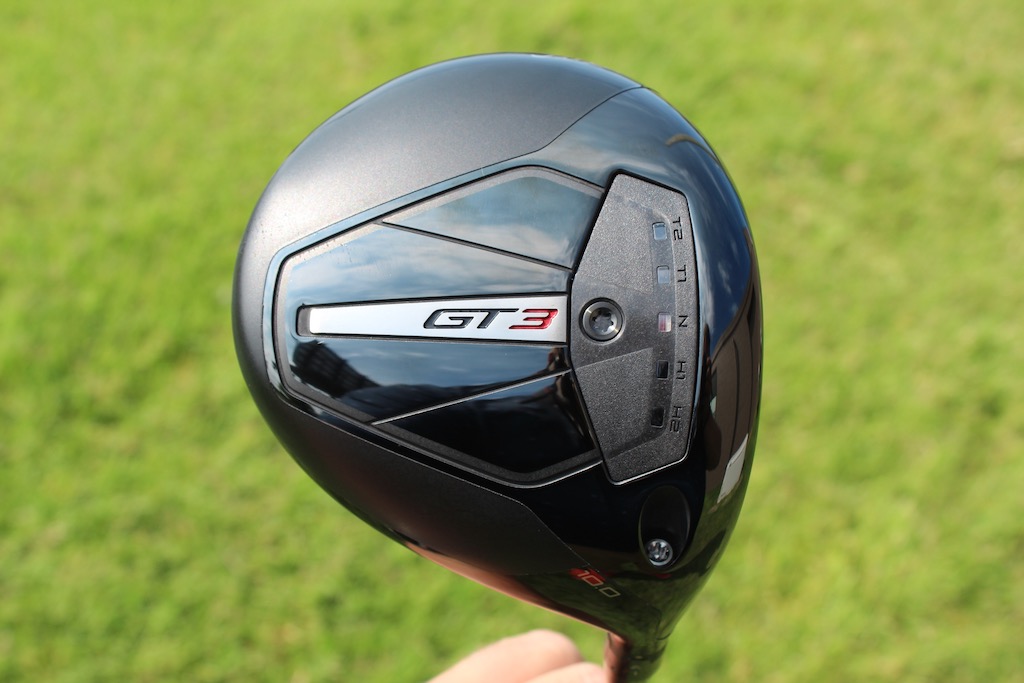
Titleist’s pitch: “The GT3 Driver offers Titleist’s boldest combination of power and personalization through adjustable performance. Dial in the CG Track to your frequent contact location to make your biggest drives even bigger while taking total control over flight and shaping.”
@mrmikeac: “I’ve been Anti-Titleist for years and years and years (outside of Vokey, of course). With that being said, HOLY BEGEEZUS the GT3 driver is an absolute NUCLEAR MONSTER! This thing blew my G430 10K Max out of the water in every single category. Forgiveness is the biggest thing that stands out of me, the 3 model has always been one of the less forgiving models in the past but this GT3 can take bad shot after bad shot and still end up in the fairway, I think a ton of that has to do with the adjustability, it’s actually effective. Feel and sound is perfect, that solid crack is so addicting to hear and when you hit it out the screws this thing can absolutely bomb it. Titleist, I’m sorry for doubting you. You have converted me.”
You can read what other golfers are saying about the driver in the GolfWRX forums, and see our launch piece here. Shop the Titleist GT3 here.
1. Titleist GT2: 22.91%
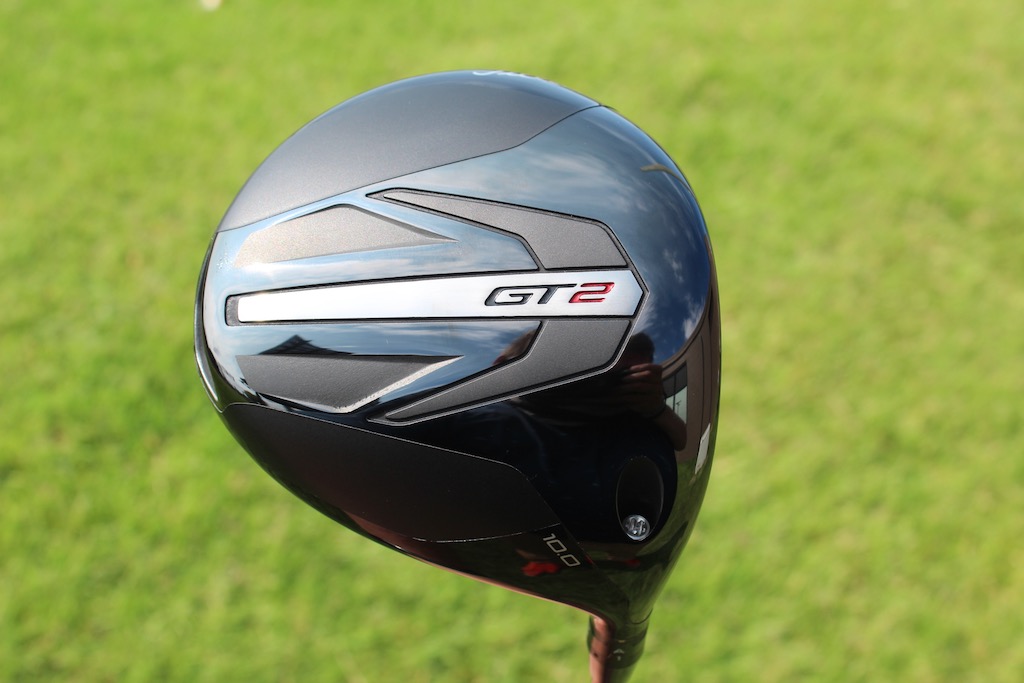
Titleist’s pitch: “Delivering impressive distance from any impact point, the Titleist GT2 Driver extracts maximum performance through a forgiving design. Get the stability and added confidence of a high-MOI driver without sacrificing speed.”
@DTorres: “The Titleist GT2 has proven to be the best driver of the year. Packaged in a classic profile, GT2 perfectly balances performance and forgiveness while consistently being a high performer across all categories.”
You can read what other golfers are saying about the driver in the GolfWRX forums, and see our launch piece here. Shop the Titleist GT2 here.
Other drivers receiving >2% of the vote
| Driver | Vote percentage (%) |
|---|---|
| Cobra DS Adapt Max K | 4.85% |
| Ping G430 Max 10K | 3.85% |
| Callaway Elyte Triple Diamond | 3.68% |
| TaylorMade Qi35 | 3.51% |
| Callaway Elyte | 3.18% |
| Cobra DS Adapt X | 2.34% |
| Cobra DS Adapt LS | 2.17% |
| TaylorMade Qi35 LS | 2.17% |
View this post on Instagram




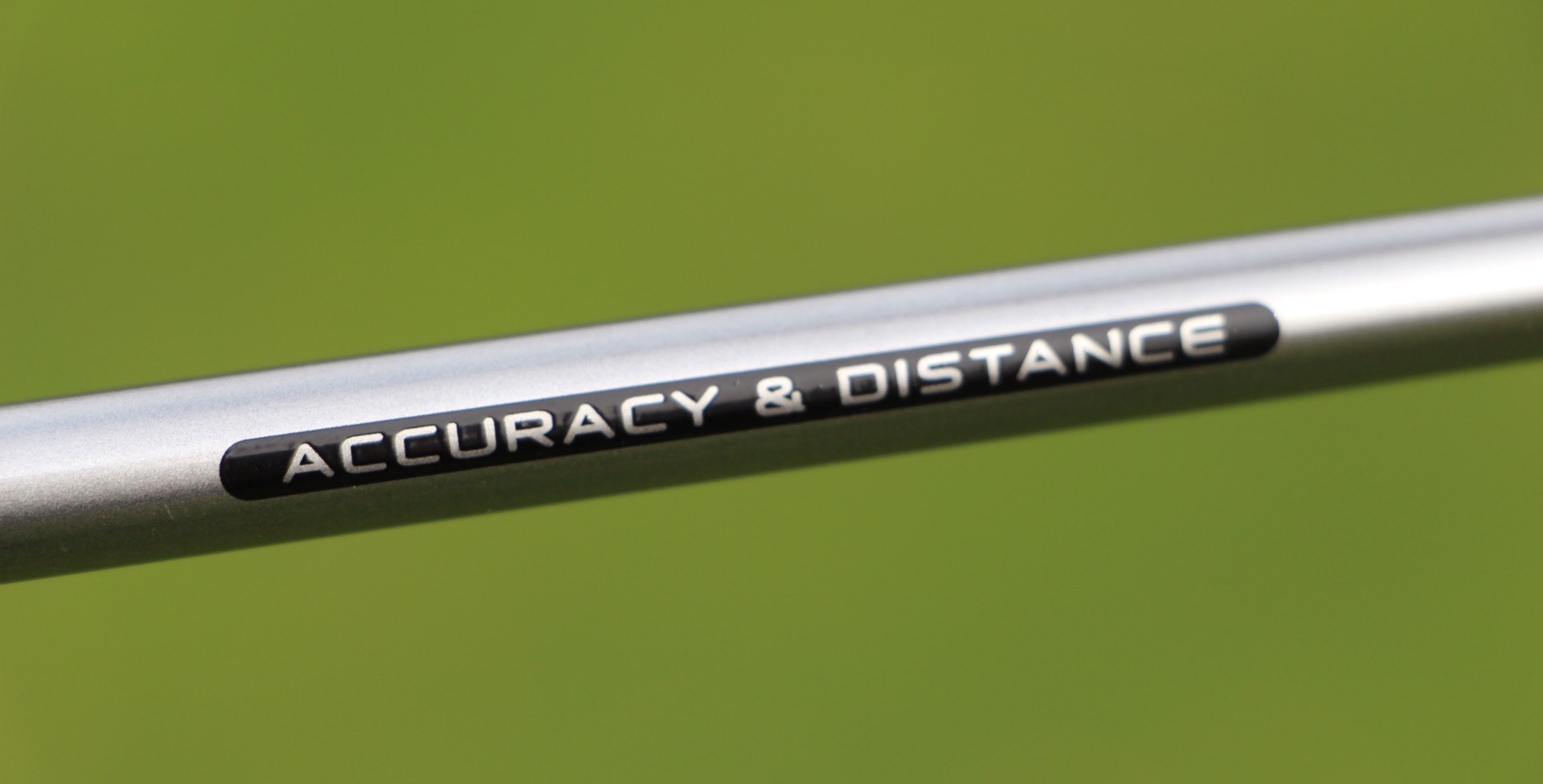

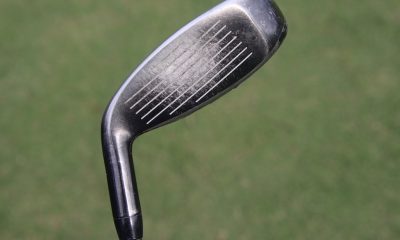

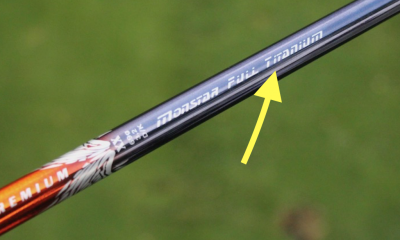

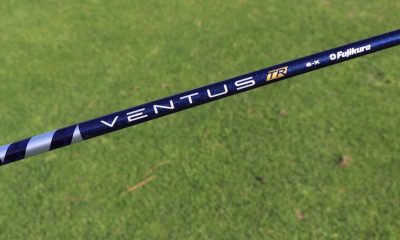

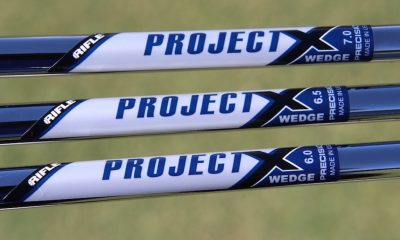

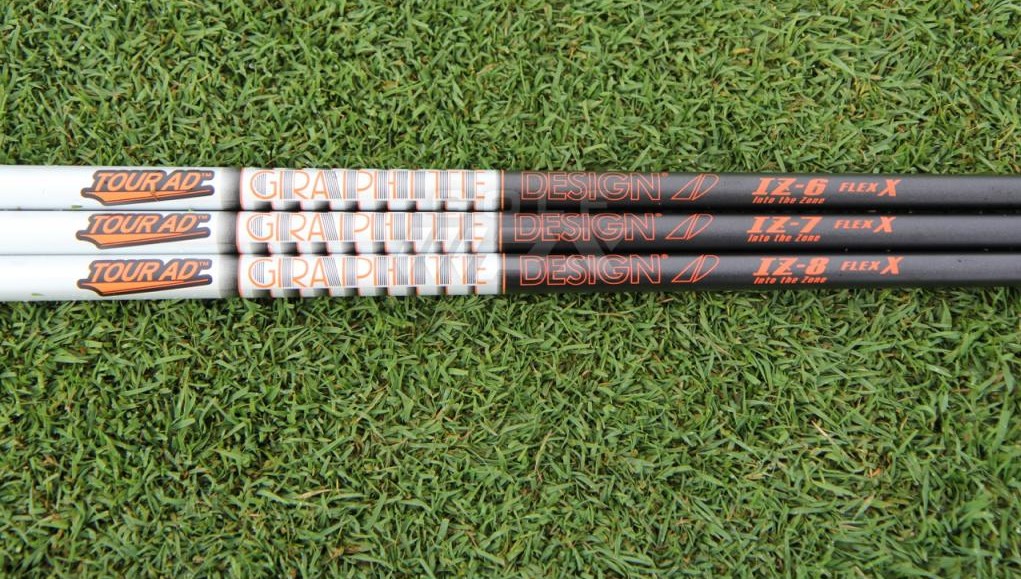









Golfandpuff
Nov 21, 2016 at 7:20 pm
Confidence is worth a ton…so if the shoe fits….
Bottom line find one for a song and play it!
Mike
Oct 31, 2016 at 1:36 pm
Andrew, the author of this review, comments about hitting duck hooks because that is his miss when he uses a shaft that doesn’t “fit” his swing style. It is the same issue I fight. The fact he has peppered the right side of the grid would be comforting for him. All in all, Andrew fits the new TP shaft pretty well.
Matt
Oct 30, 2016 at 11:57 pm
Some shafts get progressively weaker to the tip (Rogue, AD-DI), many increase stiffness into the tip (most other GD tour AD models, Kuro Kage) To assume all shafts need to be tipped just seems uninformed. Tipping off stiffness in a shaft like a AD-BB is just going to lower the kick point and give you a softer tip; exact opposite of tipping a AD-DI.
Jack
Oct 30, 2016 at 11:05 pm
Wow the author tried really hard to say this is better. The chart looks pretty much the same for all three shafts as far as landing zone. Just one leftward (I’m guess more of a hook) shot skewed the oval left. Unless he’s a left hander, none of his shots were hooks, rather either push or slices. Strange for him to say that he’s fighting a hook when he didn’t hit any.
The real difference does seem to be one offering more roll and one more carry due to launch angle changes I’m guessing due to the stiffer mid and butt sections. Worth it? The argument seems a bit thin.